|
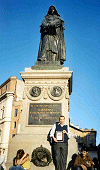 21 December 2002 |
|
 14 December 2002 |
|
 7 December 2002 |
|
 30 November 2002 |
|
 23 November 2002 |
|
 16 November 2002 |
|
 9 November 2002 |
|
 2 November 2002 |
|
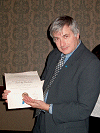 26 October 2002 |
|
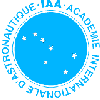 19 October 2002 |
|
 12 October 2002 |
| 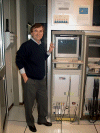 5 October 2002 |
|
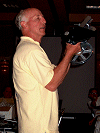 28 September 2002 |
|
 21 September 2002 |
|
 14 September 2002 |
|  7 September 2002 |
|  31 August 2002 |
|
 24 August 2002 |
|
 17 August 2002 |
|
 10 August 2002 |
|
 3 August 2002 |
|
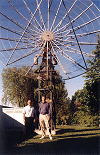 27 July 2002 |
|
 20 July 2002 |
|
 13 July 2002 |
|
 6 July 2002 |
| 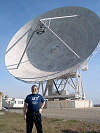 29 June 2002 |
|
 22 June 2002 |
|
 15 June 2002 |
|
 8 June 2002 |
|
 1 June 2002 |
|
 25 May 2002 |
|
 18 May 2002 |
|
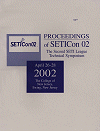 11 May 2002 |
|
 4 May 2002 |
|
 27 April 2002 |
|
 20 April 2002 |
|  13 April 2002 |
|
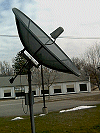 6 April 2002 |
|
 30 March 2002 |
|  23 March 2002 |
|
 16 March 2002 |
|
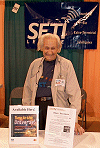 9 March 2002 |
|
 2 March 2002 |
|
 23 February 2002 |
|
 16 February 2002 |
|
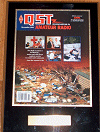 9 February 2002 |
|
 2 February 2002 |
|
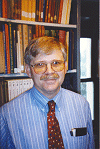 26 January 2002 |
|
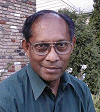 19 January 2002 |
|
 12 January 2002 |
|
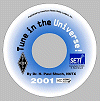 5 January 2002 |
Click here for lots more pictures.
email the Webmaster | entire website copyright © The SETI League, Inc.; Maintained by Microcomm this page last updated 8 December 2007 |
Top of Page |
 SETI League Photo Gallery
SETI League Photo Gallery